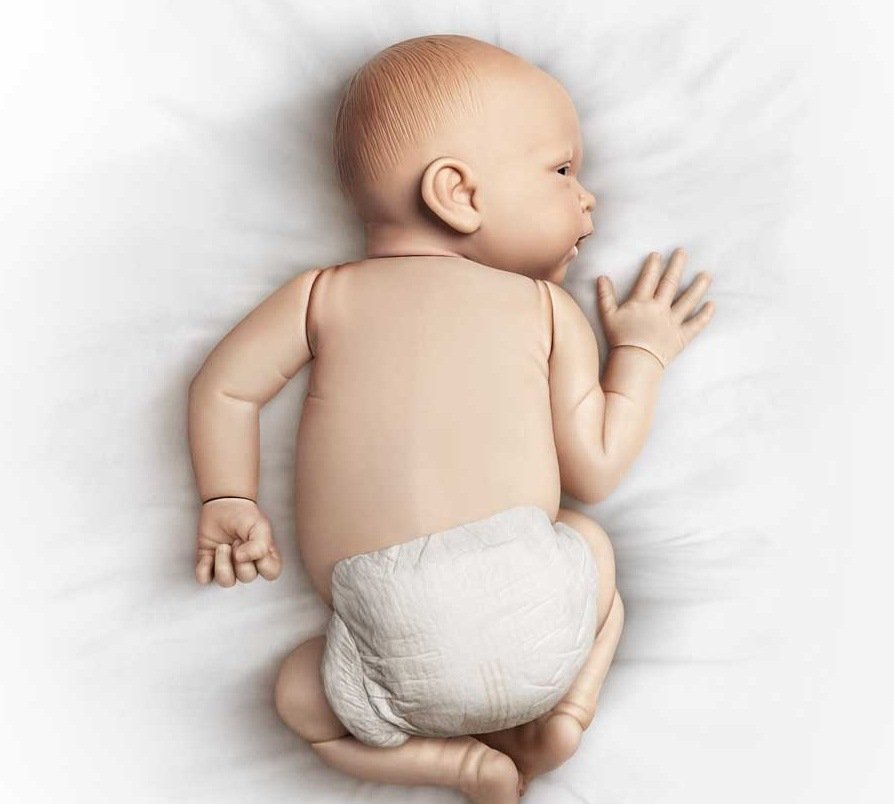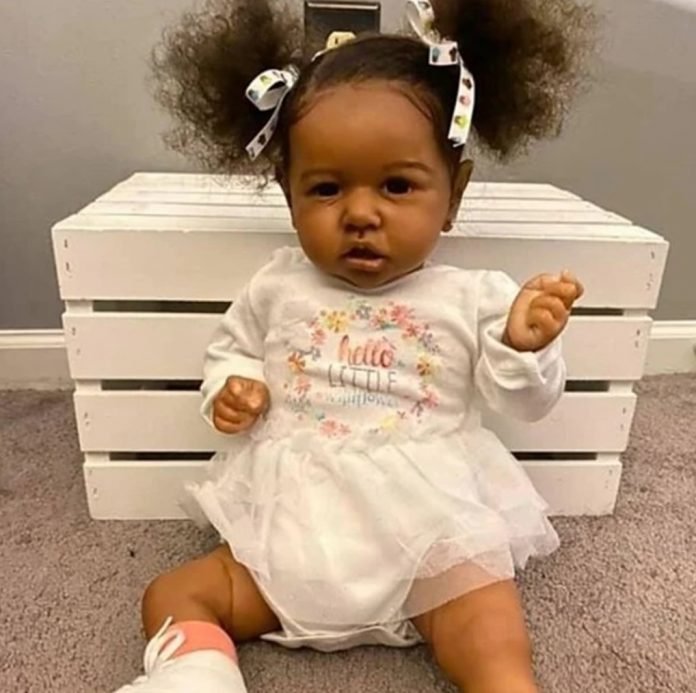‘Hand Applied Eyelashes’. ‘Hand-rooted soft Mohair – sealed from inside’. ‘Moving limps’. These are just some of the catchy descriptions that accompany the lovely on-display dolls that we are told need to be cuddled just like the real babies they resemble.
Selling from little as R400 from South Africa’s leading e-commerce retailer Takealot to a whopping R7000 for customized imports, these special life-like dolls are made up by artists from precast silicone kits.
Their bodies are weighted, painted and named to look and feel just like human infants. Those who make and buy reborn baby dolls at a hefty price say they bring untold joy, acceptance and healing.
Reborn dolls – not a new concept
The concept of realistic dolls is not something new. Back in 2008, a BBC documentary showed a married woman in her 40s, who regretted not having a baby while still in her 20s. In it, she explained how she first got sold to the idea, saying “reborns never grow out of their clothes, never soil them. It’s just fabulous. The only difference, of course, is these guys don’t move.”

However, just as a recent plot of Apples TV show Servant depicts, some psychologists have argued that the practice could be harmful and hinder those dealing with overwhelming feelings of grief or loss of a child from accepting reality.
A must watch!
Spending time with families as they live and love, bath, dress, feed and take their babies on outings, this Sunday (November 15) on M-Net (DStv 101), ‘Carte Blanche‘ takes a deeper interest into this growing phenomenon, and examines how reborn baby dolls have become the surrogate children of the 21st century.
Watch this week’s episode of Carte Blanche here!
*For our previous coverage of Carte Blanche’s recent episodes, click here.

